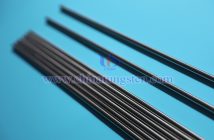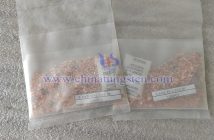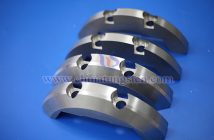Tungsten contacts are electrical contact materials primarily composed of refractory metal tungsten and other metal elements such as copper or silver, exhibiting excellent thermal, mechanical, and electrical properties, and are widely used in the power sector. Based on their chemical composition, they can be classified into tungsten-copper (WCu) contacts and silver-tungsten (AgW) contacts.
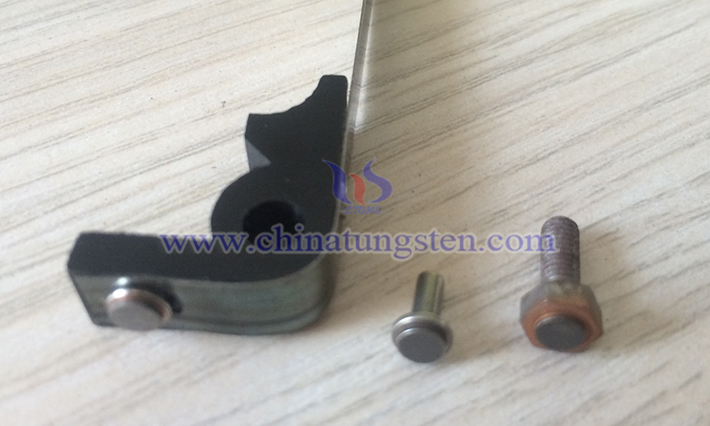
Conceptually, AgW contacts are materials composed of silver and tungsten, forming a two-phase pseudo-alloy with tungsten as the hard phase and silver as the binding phase, known in English as silver tungsten contact or tungsten silver contact.
In terms of physicochemical properties, AgW contacts combine the characteristics of tungsten and silver, including high melting point, high density, high strength, high hardness, low thermal expansion coefficient, low contact resistance, wear resistance, heat resistance, acid and alkali resistance, arc erosion resistance, excellent anti-welding properties, strong oxidation resistance, and good electrical and thermal conductivity. It should be noted that as the silver content increases, the alloy’s electrical and thermal conductivity improves, but its melting point, density, and hardness generally decrease.
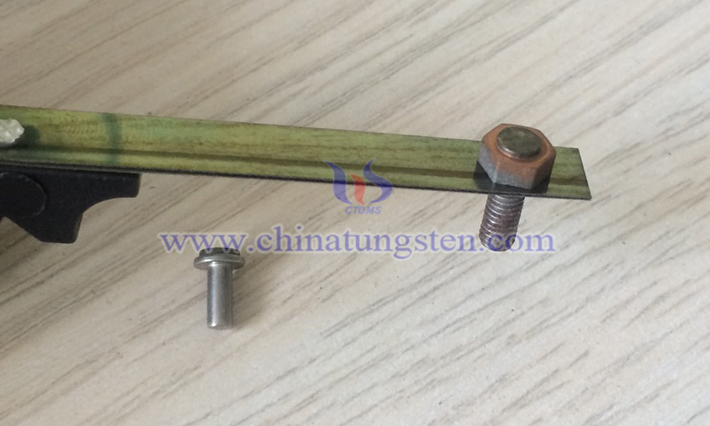
In terms of production methods, the manufacturing process for AgW contacts includes the following steps: First, a precursor solution containing silver is mixed with a sodium tungstate solution, and acid is added to adjust the pH of the solution. Second, a reducing agent is introduced to the mixed solution to produce silver powder coated with tungsten-containing sol. Third, the silver powder is heat-treated in a reducing atmosphere to obtain the desired product.
In terms of applications, silver-tungsten contacts are key components in relays, contactors, load switches, electrical switches, and instrumentation, responsible for connecting, carrying, and breaking normal and fault currents.

